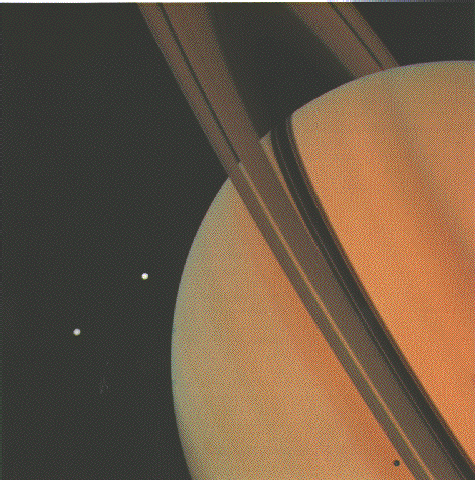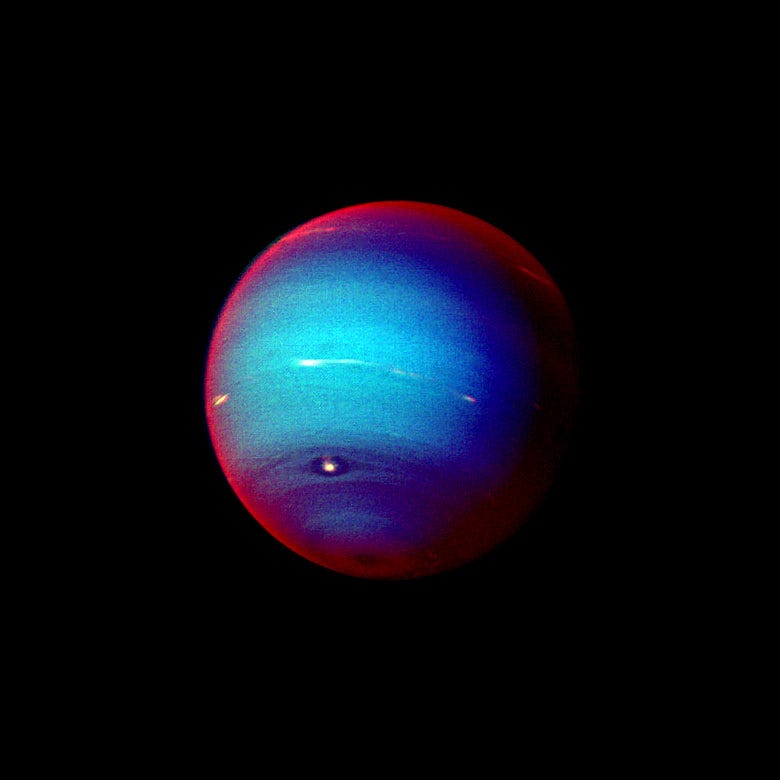The Final Journey of Voyager: A Farewell to the Cosmos
Written on
The Voyager Legacy
For an astonishing 44 years, 9 months, 20 days, 7 hours, and 29 minutes, the Voyager space probes have been traveling through the cosmos, and the journey continues. This mission has been a monumental achievement for NASA, capturing breathtaking images of our solar system. Once the fastest human-made objects and currently the most distant from Earth, the probes now reside approximately 14.5 billion miles away.
However, the end of their mission may be on the horizon. NASA has announced plans to reduce power to the probes in an effort to conserve energy. As the years have passed, maintaining communication with these remote explorers has become increasingly challenging, and some components are beginning to show signs of wear after nearly 45 years in the depths of space. Soon, these probes will cease to communicate, embarking on an eternal journey devoid of contact with Earth.
NASA has emphasized that this power-down is part of a long-term maintenance strategy, yet the aging probes may be nearing their operational limits. A meeting is scheduled for August to assess the future of both Voyager 1 and Voyager 2.
Voyager: A Journey Towards Eternity

The ability of the probes to communicate after 44 years is remarkable, showcasing the durability of 1970s engineering and the protective qualities of the vacuum of space. Nevertheless, few expect the Voyager probes to last significantly beyond 45 years, perhaps reaching up to 50. NASA remains hopeful that they can extend the probes' operational life for an additional five years, though this remains uncertain.
As time progresses, the challenge of communicating with the probes intensifies. The distance between them and Earth results in extended delays; at over 120 AUs away, the communication lag has exceeded one day. It takes about 21 hours for a signal to reach the probe, and another 21 hours for a response to return, meaning a single round trip message can take up to two full days. This duration will only increase as Voyager continues its rapid journey away from our planet.
Voyager 1 travels at a speed of 38,026 mph, while Voyager 2 moves at 34,390 mph. When the power finally shuts off, these probes will continue on their current paths indefinitely, until they encounter an obstacle or a force alters their trajectory. They could drift through space for hundreds of thousands or even millions of years, all while humanity remains preoccupied with its daily distractions back on Earth.
NASA's Remarkable Journey

NASA has been a phenomenal agency, providing public access to most of its images and maintaining open communication about its projects. The successes of the Voyager probes are a testament to their dedication, offering real-time data, comprehensive fact sheets, and easy access to information. Crafting an article about any other project would be significantly more challenging. So, we extend our gratitude to NASA for their work on Voyager and their transparency.
The inevitable shutdown of Voyager will signal the end of an era, casting a shadow of sadness over astronomy enthusiasts worldwide. While Voyager 1 may still operate for another year, two, or even five, its time is limited. In the meantime, it continues to collect vital data about the outer reaches of our solar system, venturing where no human or machine has gone before. As Voyager approaches the final phase of its decades-long expedition, we all bear witness to its remarkable journey.


The first video title is "Is This The End of Voyager 1? Here's What's Happening With the Probe" - this video explores the current status of Voyager 1 and the challenges it faces.
The second video title is "IT'S OVER: Voyager 1 Just Shut Down After Something Terrifying Happened" - this video discusses the implications of the recent shutdown of Voyager 1.